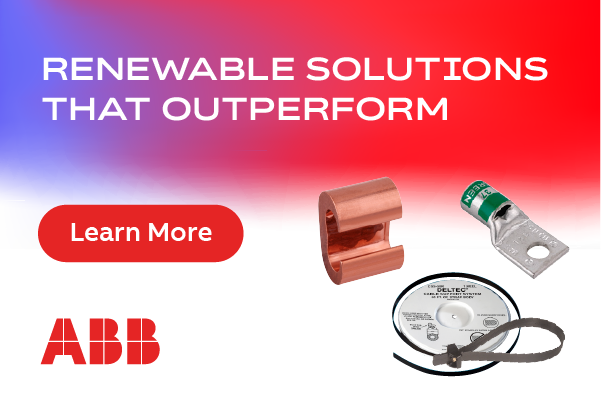DNV GL's Trade Ally Survey Finds Reduced Costs are Top Driver for Energy Efficiency Investments by Utility Customers
DNV GL's second Trade Ally Pulse Survey, which measures the challenges and opportunities these key utility partners face in the marketplace, found that a reduction in operation and maintenance costs was the most effective means to sell energy efficiency, according to the contractors that work with utilities in demand-side management (DSM) programs. The survey findings reveal how these industry, architecture and engineering professionals perceive the benefits of participating in utility DSM programs and their insights on the barriers to program participation for their own customers.
"As direct links to utility customers, trade allies' attitudes and activities can provide utilities with important insights to help increase DSM program awareness, meet energy savings goals and maintain customer satisfaction," said Karen Germain, DNV GL consultant and project manager for the survey. "An engaged, well-equipped trade ally network can extend a utility's reach and help achieve energy efficiency savings goals."
The survey was first conducted in 2015 to measure 2014 DSM program activity and received feedback from 354 trade allies by email. It was conducted again in 2016 to review 2015's program trends and provided a broad view that characterizes the attitudes of contractors across the United States. The contractors primarily serve non-residential customers, including the industrial, large and small commercial, government and non-profit sectors. The survey participants represent a diverse mix of company types and sizes; a nearly equal number of respondents work at very small firms (17 percent) or very large firms (15 percent).
The survey identified insights both on how DSM program participation is viewed by trade allies, as well as how utility customers view energy efficiency. Three trends emerged from the research: cost reduction as a motivation for customer participation in energy efficiency programs, a continued lack of understanding of energy efficiency by many potential customers and a desire for more training and support by the trade allies themselves.
A Shift in Factors Influencing Energy Efficiency Sales
While there are many benefits to installing energy-efficient technologies in a facility, reduced maintenance costs were the most convincing, with 65 percent of the respondents saying that this was the top selling point, besides overall reduced operating expenses. Other factors, like improved occupancy comfort (14 percent) and environmental benefit (10 percent) were significantly lower. "This indicates that the bottom line is the key driver for investments in energy efficiency," said Germain.
The survey also asked which end-use technologies were most commonly installed for energy efficiency incentive-eligible projects in 2015. As consistent with the previous survey, 68 percent of trade ally firms indicated that lighting was the most common. Heating, ventilation and air conditioning (HVAC) was the next most common, at 18 percent of projects delivered for utility incentive programs across sectors. While lighting still remains the most popular type of project, HVAC and energy management systems showed a slight increase in the overall share of the technologies installed compared to 2014.
Consumer Attitudes Remain an Obstacle
The survey revealed three main barriers to participation: a lack of understanding of the value of energy efficiency, cash flow constraints and difficulty getting in front of the right decision makers. These barriers were consistent with the findings from the previous year's survey. Customers don't understand the value of energy efficiency rated as a moderate to very high barrier for 67 percent of respondents. Customers having cash flow constraints and needing financing also rated moderate to very high for 78 percent of respondents. Difficulty getting in front of the right decision makers rated as a moderate to very high barrier for 68 percent of the responding trade allies. However, rebate offers associated with energy efficiency programs were not too complex for customers to understand: a majority of the survey respondents (57 percent) rated it as a very low or low barrier.
More Education from Utilities Desired
Trade allies rely upon utilities for education about current DSM programs, sales coaching and technical consultation to deliver energy efficiency projects to customers. Of the 38 percent of trade allies who indicated they were not meeting with designated outreach professionals, 55 percent indicated that they would benefit from regular contact with an outreach professional either monthly or quarterly. For those who were already meeting with an outreach professional, meetings on a quarterly basis are preferred.
"Overall, the survey indicates that trade allies highly value their relationships with utilities-to the point where many build selling energy efficient technologies and rebates into their business plans," said Germain. "Small changes in the market, like the incremental increase in HVAC and energy management system projects, provide utilities with new ways to expand their energy efficiency portfolios, and this market transformation can be supported through continued outreach and support of their program trade allies."
The complete report is available here.
DNV GL | www.dnvgl.com








